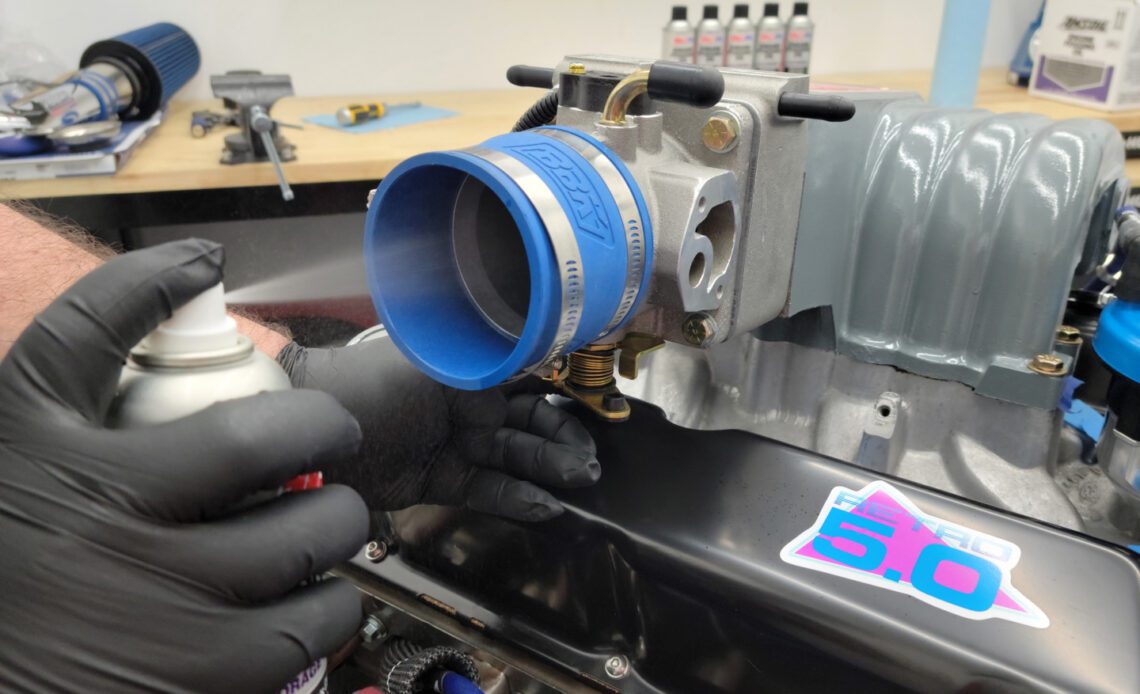As you might have read recently in our exclusive newsletter, Lab Notes, our shop has been subjected to extremely high moisture content in the air this summer, thanks to an unusually active monsoon season. As any of you who live in humid areas know, this airborne water content can wreak absolute havoc on any unprotected metal surfaces in your shop, garage, or really anywhere that isn’t completely climate-controlled and air-conditioned. We talked about a couple ways to combat humidity from desiccants to engine fogging oil.
While we paint parts in order to protect them, there are a number of rust-prone components and surfaces in an engine that are uncoated — and by their nature, can’t be coated. Because of that, they are susceptible to humidity and the subsequent development of surface rust. While desiccation might be an option for small, air-tight areas, for what we’re doing, the only effective way to protect them is with a surface coating. Enter AMSOIL’s Engine Fogging Oil.
What Is Engine Fogging Oil
While the name might seem rather straightforward, the “fogging” part elicited visions of something like bug bombs being set off in the oil pan while the engine was tented. Ridiculous imagery aside, Fogging Oil is an aerosolized oil (it comes in a pressurized spray can) that you spray onto the surface you want to protect.
For a running, assembled engine, whether it’s in a car or on a run stand, just spray it directly into the intake airstream until smoke comes out of the exhaust. The only concern here would be on mass airflow sensor-equipped engines. You want to prevent the oil from hitting that sensor.
The product has been largely focused on small-engine applications, power sports, and personal watercraft, but is incredibly useful on any internal combustion engine. We reached out to AMSOIL’s Len Groom to talk about the Engine Fogging Oil and its uses in EngineLabs-specific applications, only to find more uses than we originally intended.
“These engines need protecting too, and in most situations, it’s the same or similar materials that you’re protecting,” Groom explains, when asked about the suitability of the Engine Fogging Oil on a V8 application. “With a race car, it’s not exposed to as much moisture as say a personal watercraft, but with a four-stroke engine, some of those exhaust valves are left open to the atmosphere when you store it. If that happens to be a damp garage, moisture can really be an enemy.” While the…
Click Here to Read the Full Original Article at DragzineDragzine…

